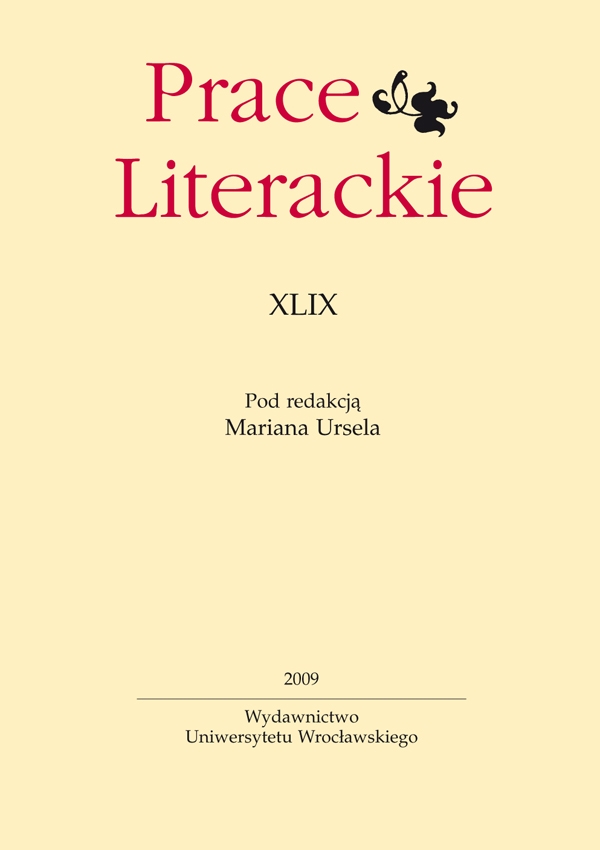

Articles

Juliusz Słowacki’s bachelor life – following a popular trend or creating himself?
Juliusz Słowacki’s short – less than 40 years long – life was full of adventures and relations, but to a large extent the poet remained alone throughout his life. Despite numerous affairs and several more serious relationships, Słowacki did not found a companion for life. Thoughts of marriage never culminated in an engagement and a happy wedding ceremony. The poet did seek the hand of several ladies in his life, but for various reasons his courtship was never successful enough for him to plan a future together with any of them. From his early youth, Juliusz Słowacki was convinced he was unique. It seems also that liberty and freedom of doing what he chose were values he particularly cherished. The cult of individuality and freedom was characteristic of the greatest Romantic artists. These ideas became the main slogans in the fight against the marriage grind. Was it the Romantic ideas and a reluctance to marry that made the Polish poet, Juliusz Słowacki, live his life alone and die without leaving any descendants? The ideal of the first half of the 19th century was a free artist capable of sacrifices only in the name of art that was the only value to him. Love and marriage were separated by a thick screen of sexual freedom, which made it possible for people to live in common-law marriages or short-term relationships. Severe criticism of marriage made most artists decide not to marry and not to start a family. Those who remained single included Juliusz Słowacki. Juliusz Słowacki’s biography shows that he never became ready to decide to marry. The poet’s youthful loves, from the time when he was a student at the Vilnius University – Ludwika Śniadecka, older by nine years, and Julia Michalska – stood no chance of becoming serious relationships. The poet was interested in inaccessible and unattainable women – either older Ludwika Śniadecka or much wealthier Maria Wodzińska, Aleksandra Moszczyńska. His love affairs were perhaps consciously or subconsciously to model him on his own idea of a Romantic artist. Juliusz Słowacki’s biography or rather his love dossier, just like many other biographies of Polish and foreign artists, shows that the artists’ love affairs were often short-lived and their friendships were very superficial and based only on fascination. The Polish Romantic poet did have marriage plans but only when he saw some financial benefit in a possible marital relationship. This may be regarded as a contradiction and internal conflict experienced by the poet – a dilemma between the Romantic idea of bachelor freedom and a desire for personal happiness that could perhaps be achieved in an advantageous marriage.